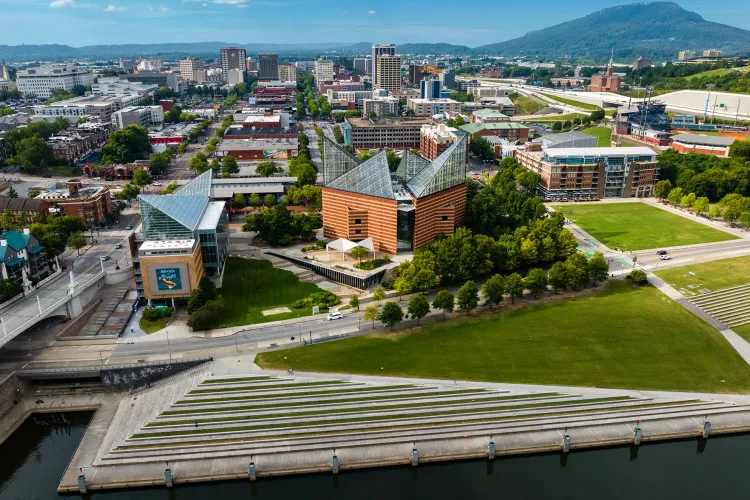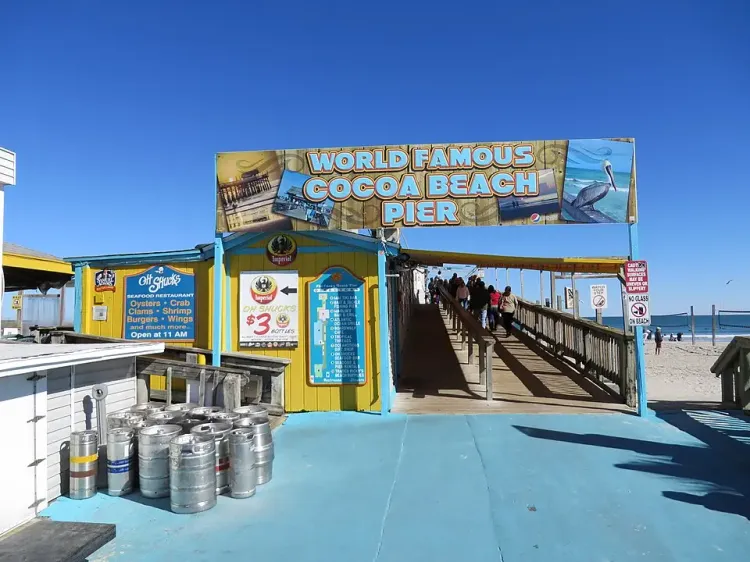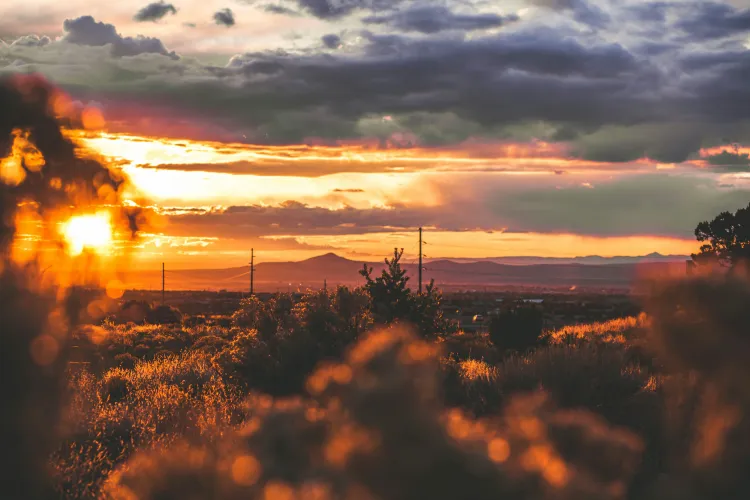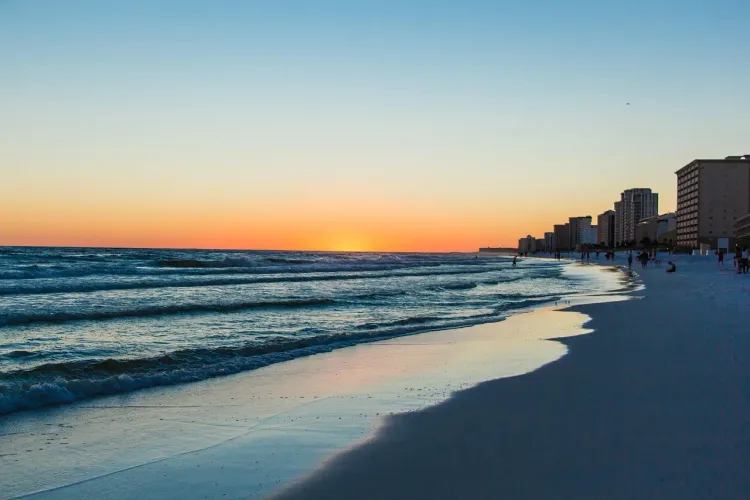Yellowstone Family Trip
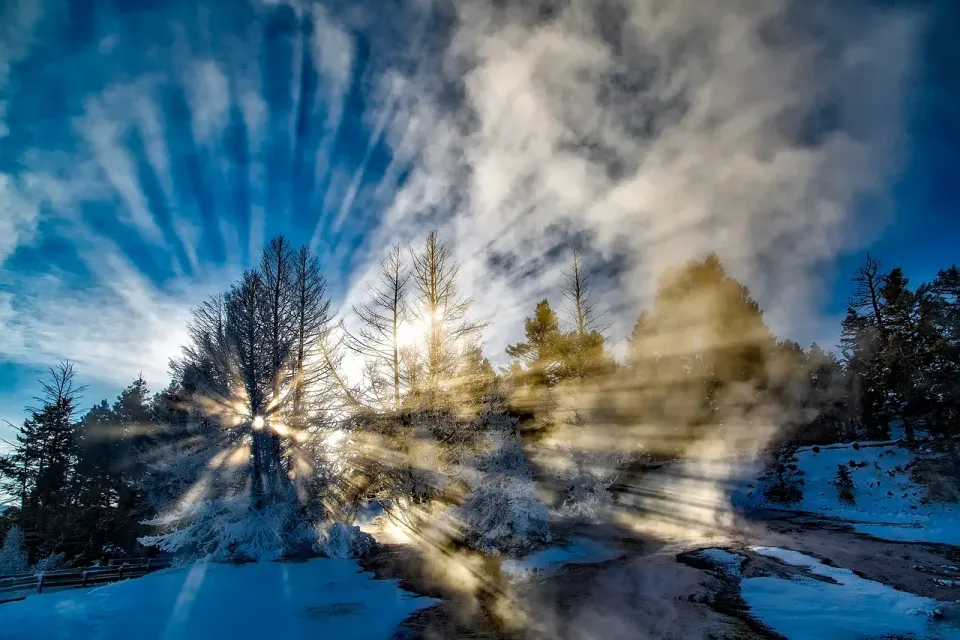
One of the most famous and gorgeous places in the nation is Yellowstone National Park. The region is well-known for its stunning vistas, distinctive geothermal characteristics, and varied animals, showcasing the beauties of nature. Families have the ideal opportunity to connect, explore, and make enduring memories during a trip to Yellowstone. This guide will assist you in organizing the best possible family trip to Yellowstone, whether you're planning a summer vacation or a short weekend escape.
Why Choose Yellowstone for a Family Trip?
Yellowstone is a natural wonderland with activities for all members of the family; it's not just another national park. Yellowstone offers something for everyone, from adults seeking a tranquil getaway in the wilderness to interested children eager to learn about geysers and hot springs. The park's expansive terrain, which crosses Wyoming, Montana, and Idaho, is home to family-friendly educational activities, hiking trails, and beautiful drives.
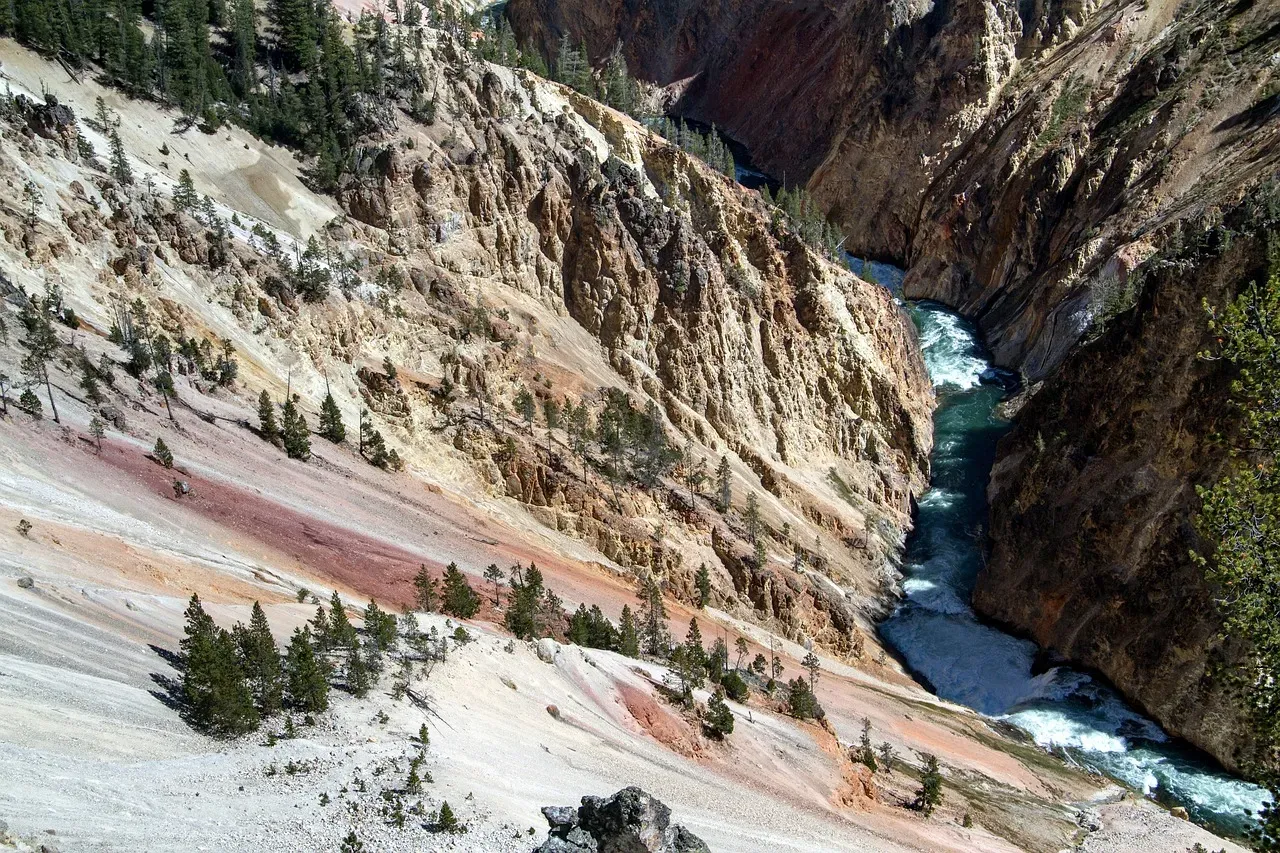
Best Time to Visit Yellowstone
For the best family trip, plan to visit Yellowstone between late spring and early fall, which is usually from May to September. This period presents pleasant weather, the majority of park facilities are open, and there is a plenty of wildlife. Summer is peak season, so be prepared for larger crowds, especially around popular sites like Old Faithful and the Grand Prismatic Spring. If you prefer fewer crowds and cooler temperatures, consider visiting in late May or September.
Planning Your Yellowstone Itinerary
A well-planned schedule can add delight to your family's trip to Yellowstone. This is a recommended 5-day schedule that includes all of the park's top attractions:
Day 1: Arrival and Mammoth Hot Springs
Arrival: Arrive at the North Entrance, which is close to Gardiner, Montana, to start your journey. The entry nearest to Mammoth Hot Springs is this one, which is open all year round.
Mammoth Hot Springs: Explore Mammoth Hot Springs' unique limestone terraces. Families with small children find the boardwalks to be easy to navigate. Don't miss the neighboring historic Fort Yellowstone, which teaches you about the history of the park.
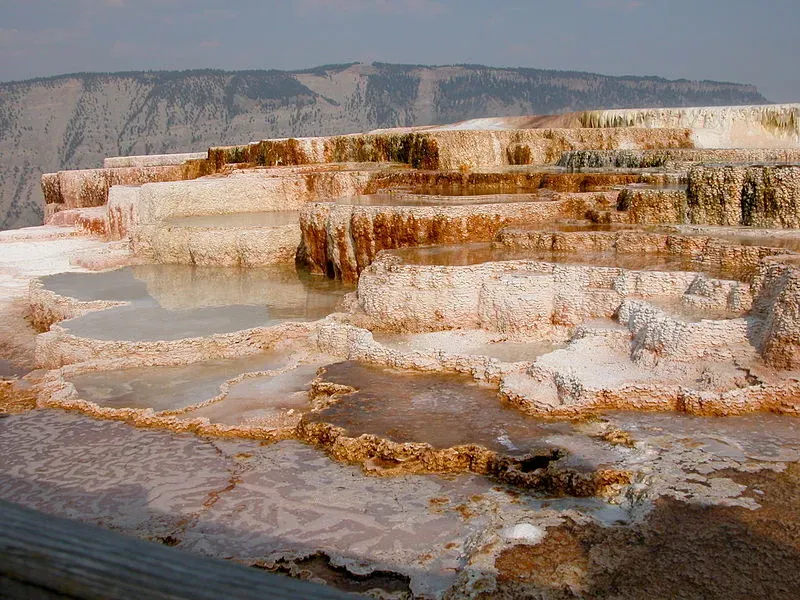
Overnight: Stay at the Mammoth Hot Springs Hotel or other Gardiner lodging options nearby.
Day 2: Lamar Valley and Wildlife Watching
Lamar Valley: Make an early start and head to Lamar Valley, sometimes called the "Serengeti of North America." The wildlife in this area is well-known, and includes grizzly bears, wolves, bison, and elk. Bring a camera and binoculars to record all that you see.
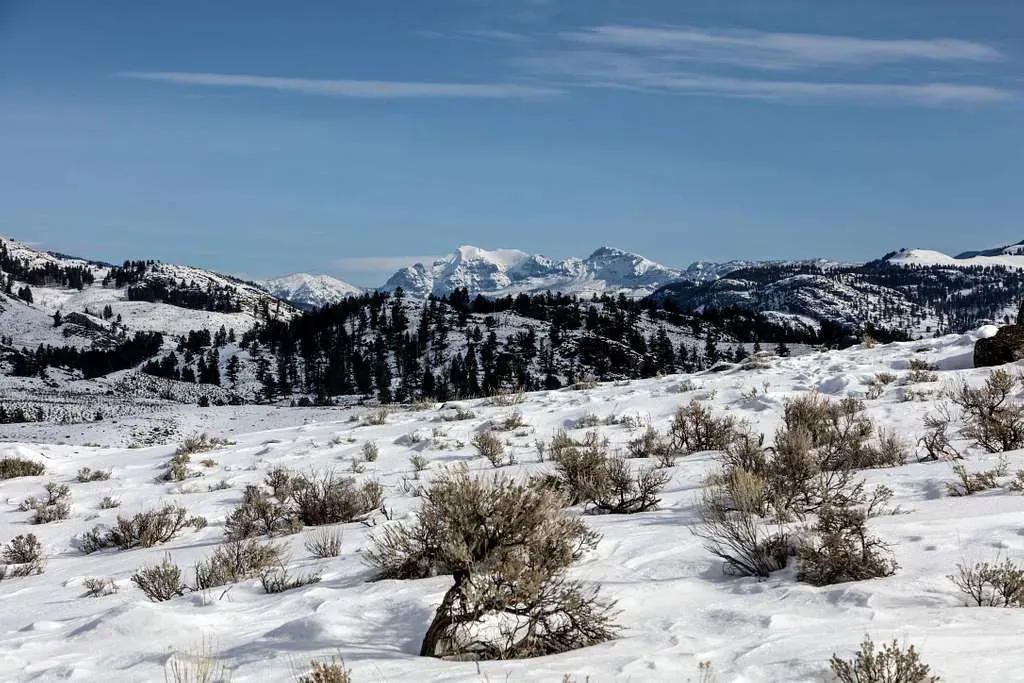
Family Hike: After observing the local fauna, go on a family-friendly hike in the area. The Trout Lake Trail is a kid-friendly, easy hike with stunning scenery.
Overnight: Visit Mammoth Hot Springs once more or think about booking a room at one of the lodges within the park.
Day 3: The Grand Canyon of Yellowstone
Grand Canyon of Yellowstone: Experience Yellowstone's Grand Canyon for the entire day. Admire the magnificent cascades, such as the Lower Falls, which have double the height of Niagara Falls. One of the park's greatest vistas may be found at Artist Point.
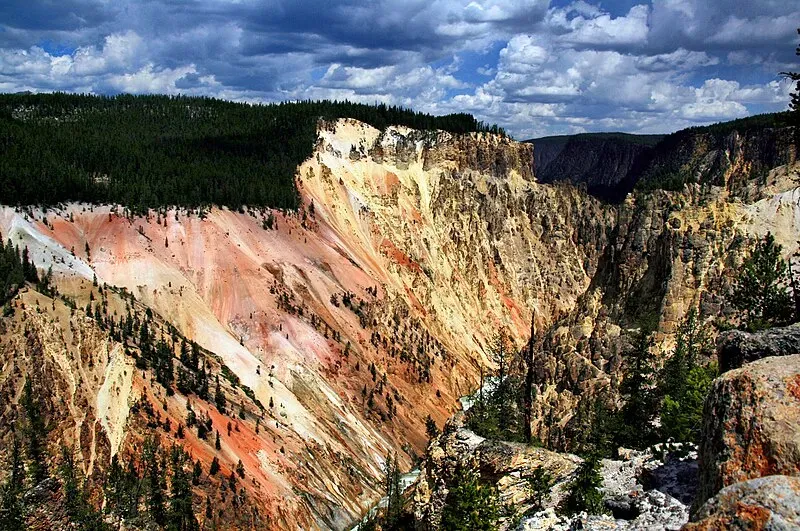
Uncle Tom’s Trail: Hike the 328 stairs down Uncle Tom's Trail to get a closer look at the falls if you're feeling adventurous. Though hard the experience is worthwhile.
Overnight: Stay at Canyon Village—it's close to the canyon and quite handy.
Day 4: Geysers and Hot Springs
Old Faithful: Without a visit to Old Faithful, your trip to Yellowstone is not complete. To secure an ideal spot to witness the renowned geyser's eruption, arrive early. Kids will love the interactive exhibits at the neighboring Old Faithful Visitor Education Center.
Grand Prismatic Spring: See the Grand Prismatic Spring at the Midway Geyser Basin after visiting Old Faithful. This hot spring's lively hues are amazing to see.
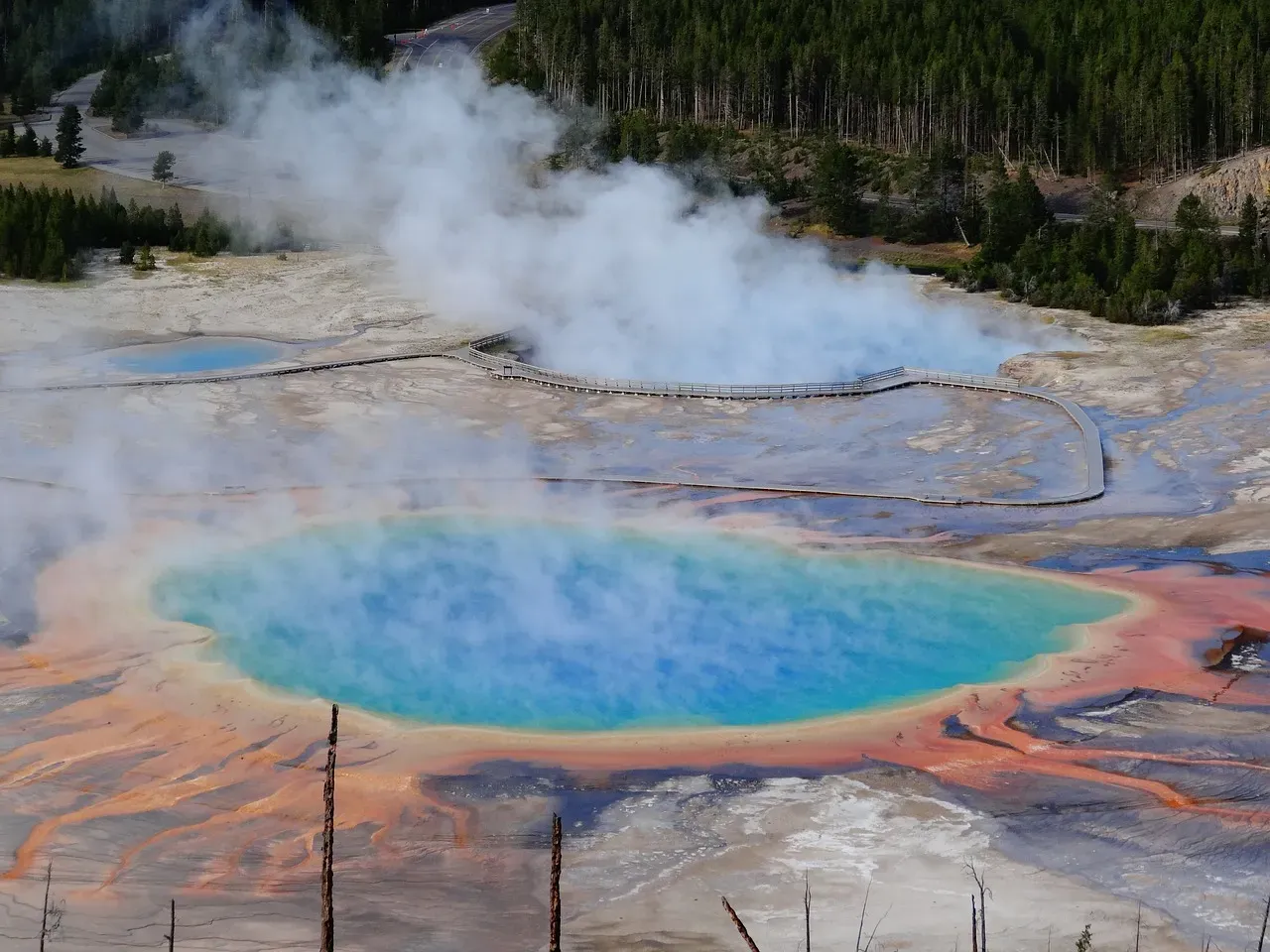
Overnight: Stay at the Old Faithful Inn, a historic lodge with convenient access to the geysers and a comfortable setting.
Day 5: Yellowstone Lake and West Thumb Geyser Basin
Yellowstone Lake: Take a final day to explore Yellowstone Lake, the largest high-elevation lake in North America. Go on a boat tour or have an on the beach picnic. The calm surroundings are ideal for relaxing in after several days of adventure.
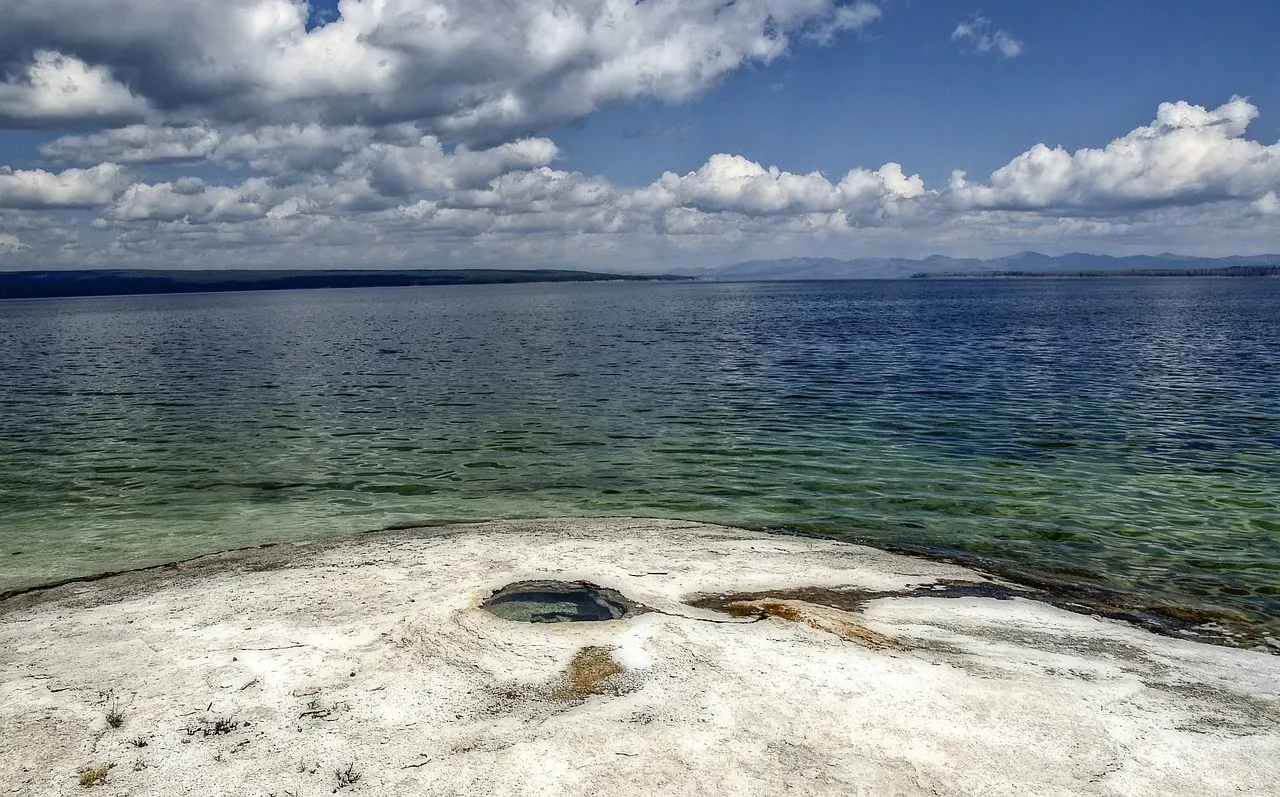
West Thumb Geyser Basin: Visit the West Thumb Geyser Basin on Yellowstone Lake's coast before departing the park. The Abyss Pool and Fishing Cone are two distinctive geothermal features in this area.
Departure: If you're going to Grand Teton National Park, exit the park via the South Entrance; if you're going home, use the West Entrance.
Yellowstone's Must-See Attractions
Even though the schedule above covers many of the park's top attractions, you should think about including a few more must-see locations in Yellowstone on your trip:
Norris Geyser Basin: In Yellowstone National Park, Norris Geyser Basin is one of the hottest and busiest spots. It is filled with brightly colored hot springs, unpredictable geysers, and steam vents. Divided into the Porcelain Basin and the Back Basin, the basin is split into two parts. A more wooded section with paths leading to amazing geysers like Steamboat Geyser, the tallest active geyser in the world, is the Back Basin; the Porcelain Basin is an open area with beautiful blue pools and steaming vents.
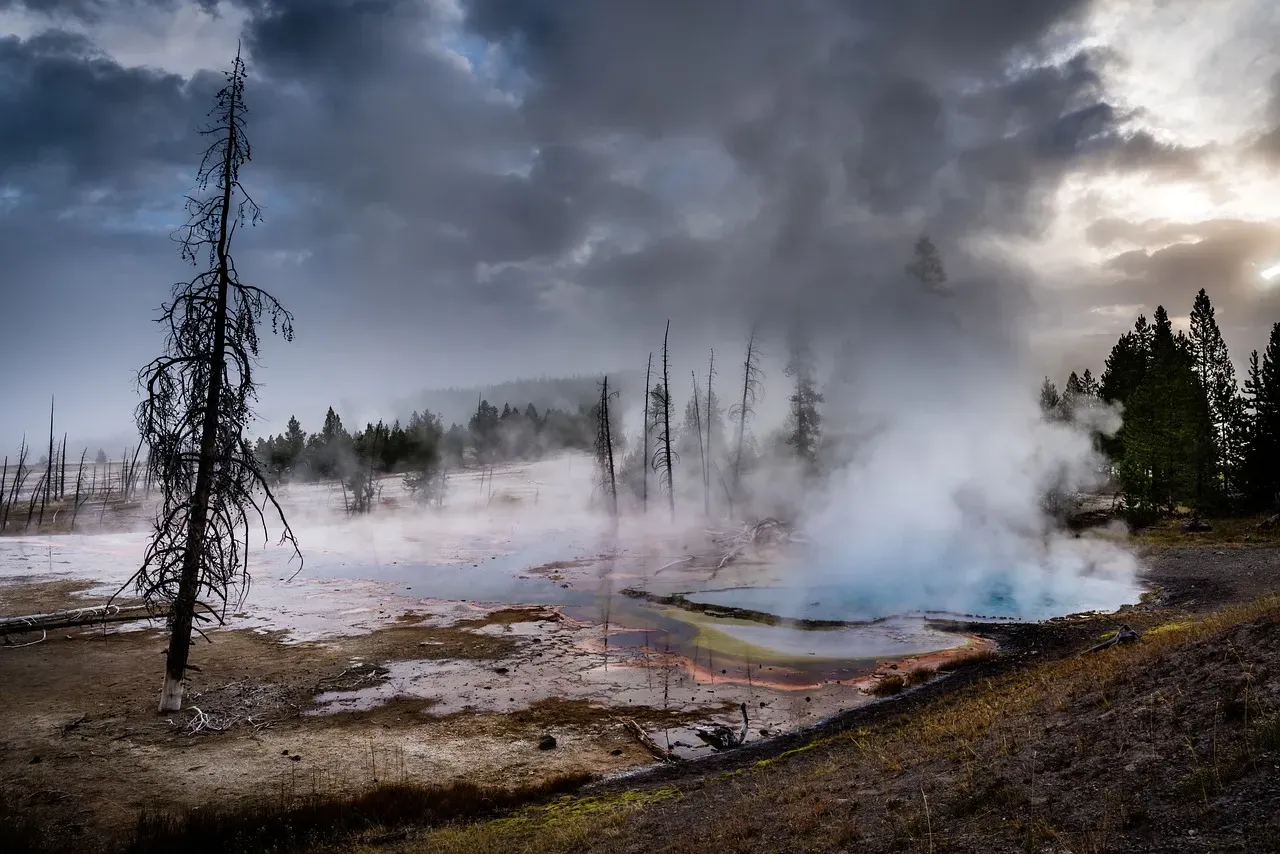
Tower Fall: Tower Fall is a stunning waterfall close to the Tower-Roosevelt section of Yellowstone National Park. The fall gets its name from the water's 132-foot plunge down a rocky cliff with tower-like, jagged rock formations surrounding it. The overlook has a fantastic view, making it a perfect location for photographs. To see the waterfall's base up close, you can also take a little trek down a trail.
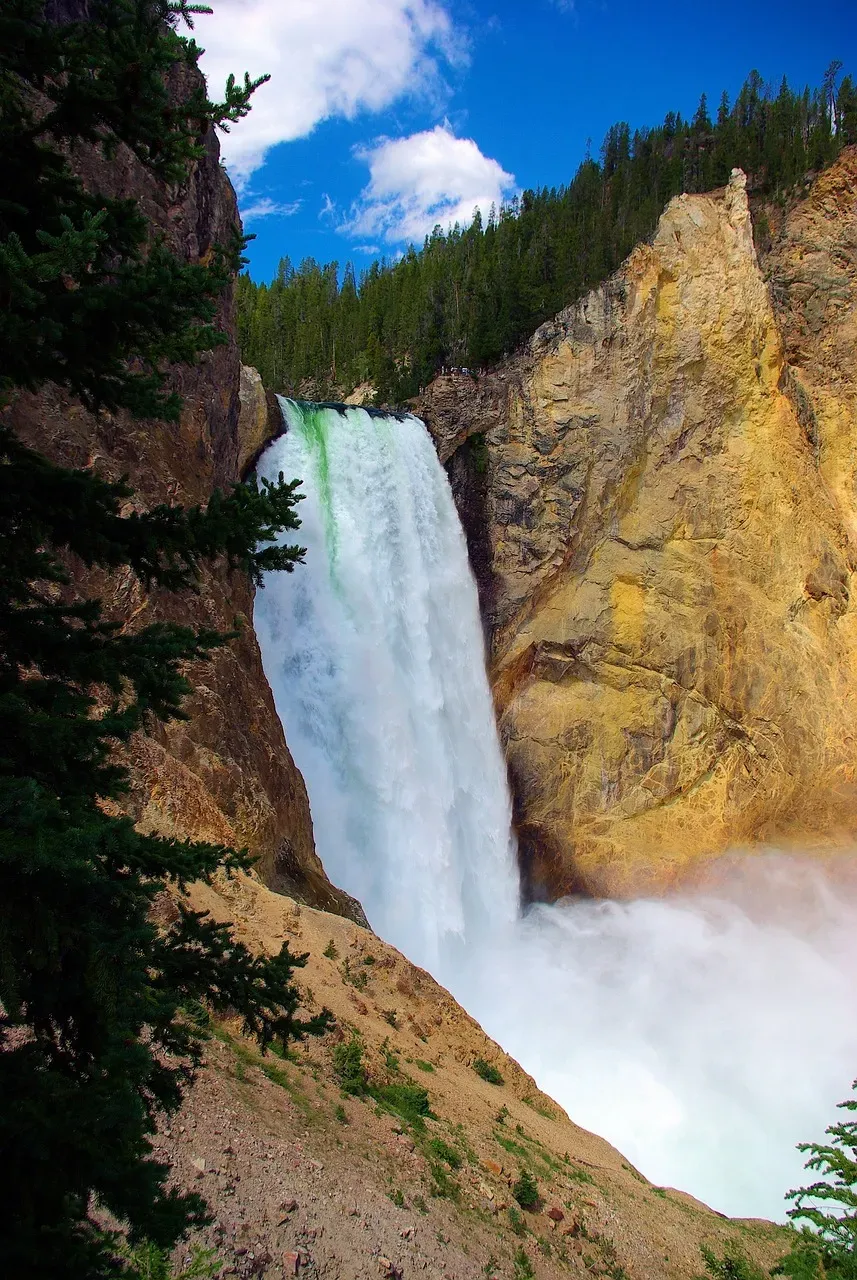
Hayden Valley: Famous for its incredible wildlife, Yellowstone National Park's Hayden Valley is a broad, open valley. It's arguably the best spots in the park to see bison, elk, sometimes even wolves and bears. The Yellowstone River flows through the valley, which is lined with green meadows and provides a serene and scenic setting. Since animals are most active throughout the early morning and evening hours, these are the ideal times to visit.
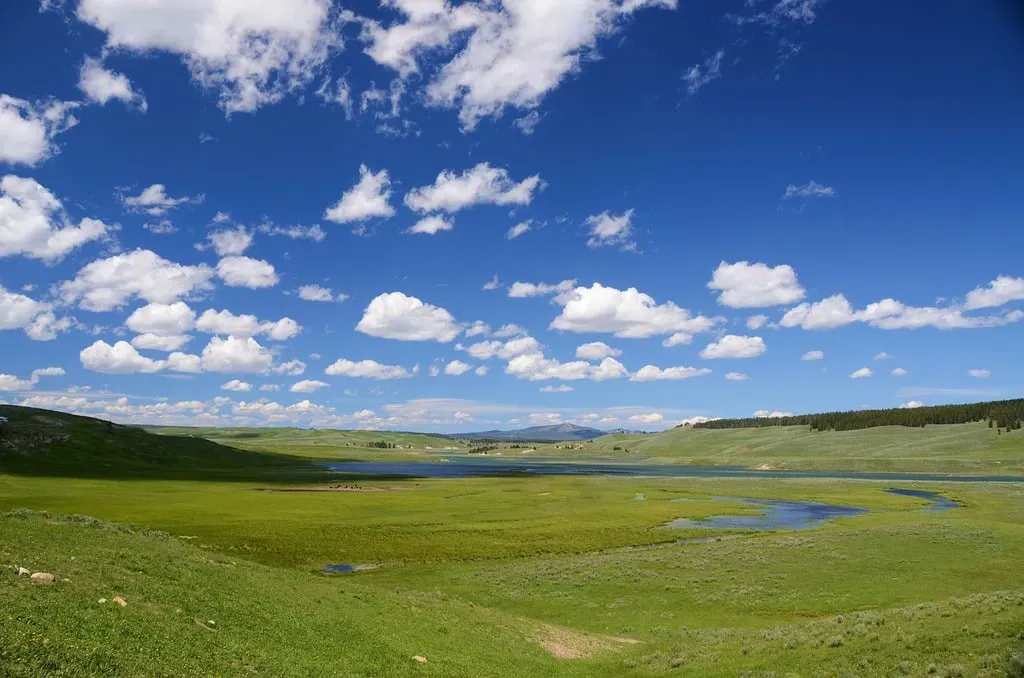
Mud Volcano: With its bubbling mud pots, steam vents, and hot springs, Yellowstone National Park's Mud Volcano is an amazing location. This place has thick, gummy muck that bubbles up out of the earth and has an odd odor. Dragon’s Mouth Spring, where water and steam erupt from a cave and make a sound like a dragon screaming, is one of the most interesting attractions. There is a distinct sulfurous smell throughout the area, reminding tourists of Yellowstone's volcanic history.
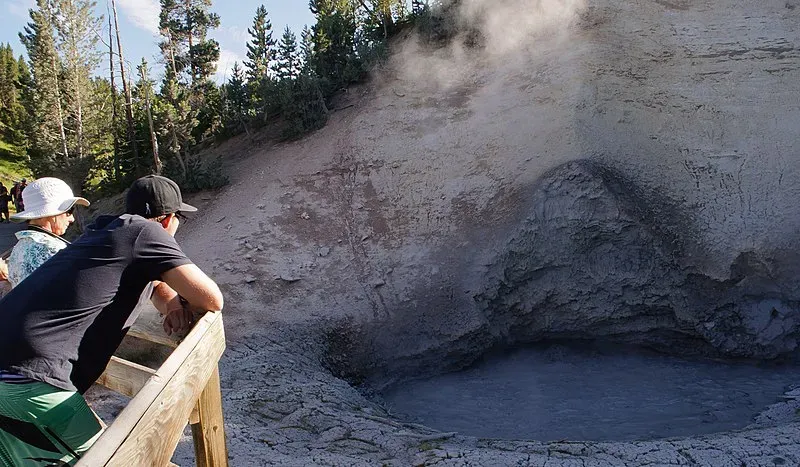
Firehole River: Famous for its warm waters heated by neighboring geothermal features, Yellowstone National Park's Firehole River is a magnificent river. Warm water is poured into the river by hot springs and geysers in the park's well-known geyser basins. This makes the river ideal for swimming in certain places, particularly at the well-known Firehole Swimming Area. There are forests and rocky cliffs all around, and the water is clear and refreshing.
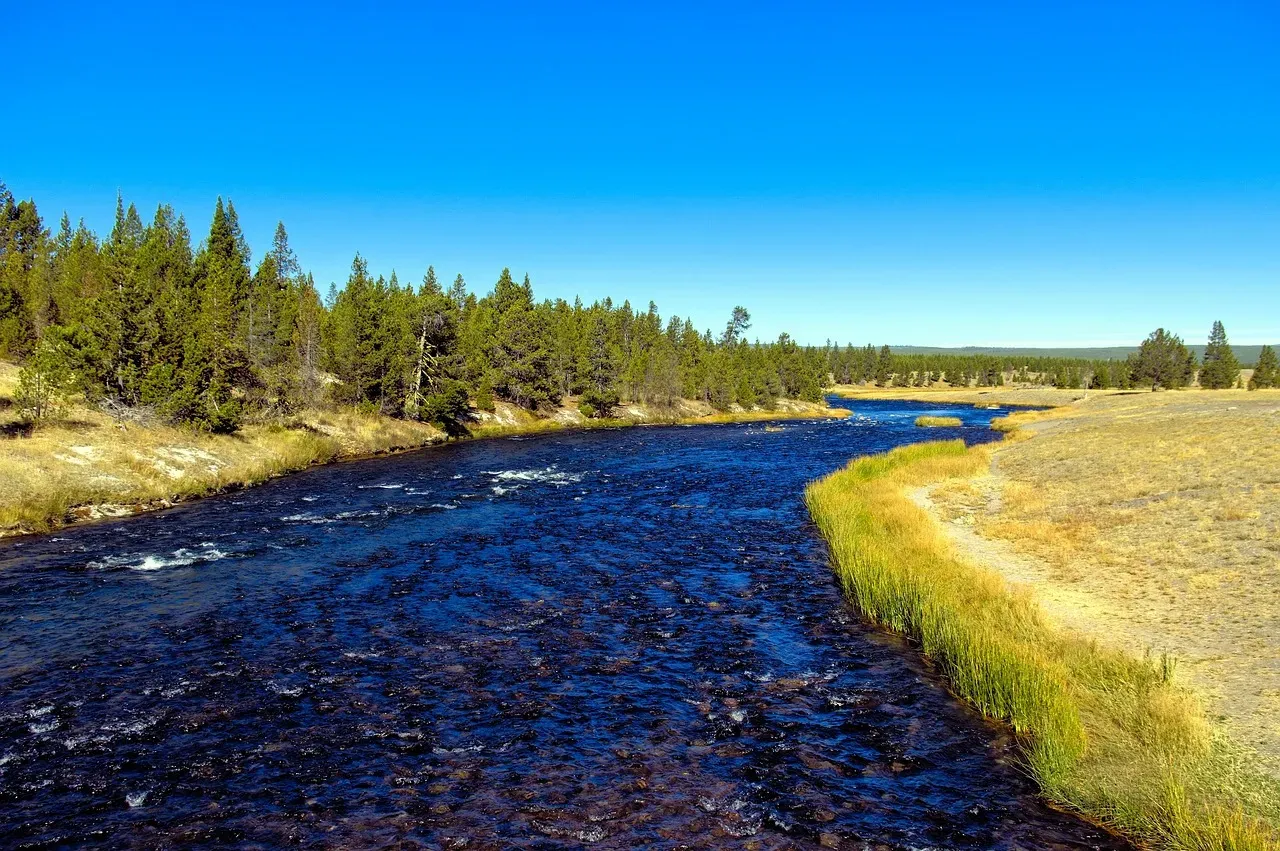
Tips for a Successful Family Trip to Yellowstone
While visiting Yellowstone can be a lot of fun, it's important to plan, particularly if you're coming with young children. To help you get the most out of your family journey, consider the following advice:
Safety First: Given the wild nature of Yellowstone, safety needs to come first. Observe all park restrictions, stay on designated trails, and maintain a safe distance from wildlife at all times. Teach your kids how important it is to safeguard the environment.
Pack Wisely: Even in the summer, Yellowstone weather can be unpredictable, so dress in layers. Remember essentials like bug repellant, hats, and sunglasses. For observing wildlife, a decent set of binoculars is also quite helpful.
Stay Hydrated and Fed: If you intend to hike, especially, make sure you pack lots of water and snacks. Bringing your own food ensures that you're ready for anything, even though the park offers a few dining options.
Plan Rest Days: Despite the need to schedule as many events as possible, keep in mind that kids may require rest. Set aside some time for leisurely picnics or relaxing by lakes.
Engage the Kids: Engage your kids by letting them participate in the Junior Ranger Program, which allows them to learn about the park and earn badges. Numerous tourist destinations provide kid-focused educational activities and programs.
Capture the Memories: Remember to take photos during your vacation! You may enjoy the trip for years to come if you capture the experiences, whether it be through pictures, a travel journal, or even a video diary.
Accommodations in Yellowstone
There are several lodging alternatives available in Yellowstone to meet the needs of any family. These are several options for lodging, ranging from campers to historic lodges:
Lodges and Hotels: Many lodges and hotels may be found in the park, and each one offers something different. A popular choice due to its close proximity to the geysers and rustic appeal is the Old Faithful Inn. Additional choices consist of the Canyon Lodge, Mammoth Hot Springs Hotel, and Lake Yellowstone Hotel. It is imperative to make reservations in advance, particularly during the busiest times of the year.
Cabins: If you want a more private experience, think about booking a cabin in the park. These provide a nice and comfortable stay together with the bonus of being nearer to the outdoors.
Campgrounds: A fantastic approach to experience Yellowstone's wilderness is to go camping. There are twelve campsites in the park, some of which require bookings. Families often choose campgrounds like Madison and Grant Village.
Nearby Towns: Many lodging options are available if you would rather remain outside of the park in places like Cody, West Yellowstone, and Gardiner. More dining and shopping opportunities can be found in these towns, which are only a short drive from the park's entrance.
You'll need to refill with some tasty food when visiting Yellowstone. From casual cafeterias to more formal restaurants, the park has a variety of food choices. The following dining advice is provided:
Park Restaurants: There are dinning dinners available with focus on regional cuisine at the Lake Yellowstone Hotel Dining Room and the Old Faithful Inn Dining Room. It's advised to make reservations.
Cafeterias and Snack Bars: The cafeterias at Grant Village, Mammoth Hot Springs, and Canyon Village provide hot foods, salads, and sandwiches, among additional options for those looking for an instant meal.
Picnicking: Having a picnic one of the most enjoyable ways to eat while visiting Yellowstone. There are lots of picnic spots with breathtaking views all across the park. Take a packed lunch and eat in the great outdoors.
Grocery Stores: For those who would rather cook for themselves, there are supermarkets in places like Grant Village and Canyon Village. These shops sell a variety of food, groceries, and camping gear.
What to Pack for Your Yellowstone Family Trip
It takes planning to pack for a vacation to Yellowstone, particularly if you are taking kids. The following is a list of necessities to pack:
Clothing: Bring layers, such as jackets, rain gear, and long sleeve tops. Nighttime lows are possible even in the summer.
For hiking, remember to bring sturdy shoes.
Camping Gear: Bring cooking equipment, sleeping bags, and a high-quality tent if you're going camping. When cooking, a portable stove and cooler come in helpful.
Outdoor Essentials: Essential items contain insect repellant, hats, sunscreen, and sunglasses. Similarly necessary are a reusable water bottle and a sturdy backpack for day hikes.
Tech Gear: It is essential to have a camera or a smartphone with a good camera to capture the beauty of the park. For exploring the park, binoculars and a map or GPS unit are very helpful.
First Aid Kit: Bandages, antiseptic wipes, pain killers, and any personal medications should be included in a basic first aid pack. It is better to be ready for any small diseases or injuries.
Wildlife Safety and Etiquette
Numerous species of wildlife, including as wolves, bison, elk, and bears, can be found in Yellowstone. Even though viewing these animals can make your trip even more memorable, it's crucial to live by safety precautions to keep your family and the animals safe:
Keep Your Distance: Always keep a minimum of 25 yards among you and other large creatures, such as bison and elk, and at least 100 yards between you and bears and wolves. For up-close looks, use binoculars or a zoom lens.
Never Approach Wildlife: An animal may appear peaceful but if it perceives danger, it may become nasty. Never attempt to pet or feed wild animals.
Be Bear Aware: Have bear spray on you and know how to use it if you're hiking in bear area. If at all possible, hike in groups and make noise to keep bears from startling you.
Follow Park Regulations: Follow granted paths only, and respect all park signs. Because Yellowstone's ecosystem is delicate, observing the laws contributes to keeping it that way for future generations.
Educational Opportunities for Kids
Yellowstone acts as a huge outdoor college in addition to a destination for exploration and enjoyment. The park is an excellent place for children to study because it provides a wealth of educational opportunities:
Junior Ranger Program: Kids may learn a lot about the natural environment and cultural history of Yellowstone with the Junior Ranger Program. They may earn a Junior Ranger badge by finishing a set of tasks.
Ranger-Led Programs: Yellowstone offers ranger-led programs all summer long, like as presentations, guided walks, and nighttime campfire programs. The programs are ideal for families because they are both entertaining and educational.
Visitor Centers: There are several visitor centers in Yellowstone, each with educational displays and exhibits. With interactive exhibits and films about the park's geology and fauna, the Old Faithful Visitor Education Center and the Canyon Visitor Education Center are especially beneficial for families with young children.
